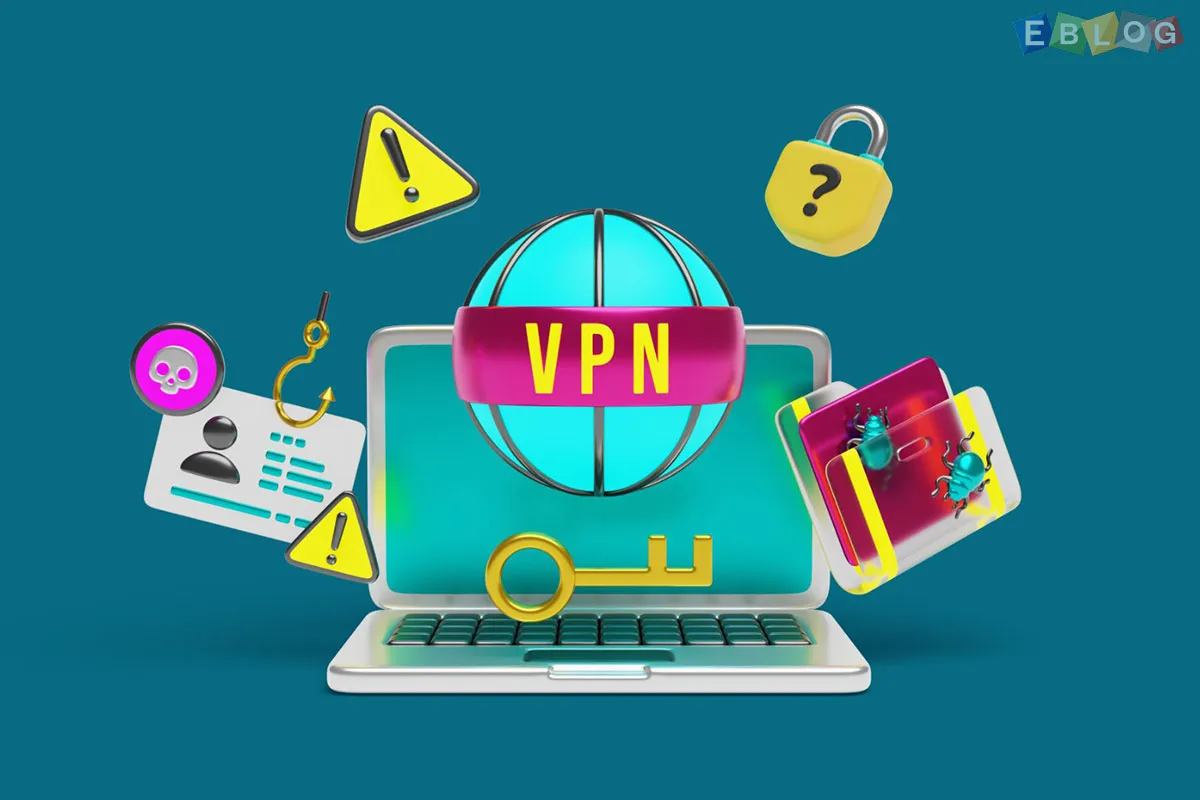
Understanding PF: A Comprehensive Guide To Provident Fund Benefits
- 07 Aug, 2024
- Education
- 420 Views
- 0 Comments
The Provident Fund (PF) is a crucial component of employee benefits, offering financial security and savings for the future. Understanding the nuances of PF can help employees make the most of this benefit and ensure they are well-prepared for retirement. This comprehensive guide will explore the key aspects of Provident Fund benefits, including its importance, how it works, and the various benefits it offers.
1. What is a Provident Fund?
A Provident Fund is a government-mandated retirement savings scheme for employees in various organizations. Both the employer and employee contribute a specific percentage of the employee’s salary to this fund, which accumulates over time and can be withdrawn upon retirement or under certain conditions.
2. How Does the Provident Fund Work?
The PF system involves contributions from both the employer and the employee. Typically, 12% of the employee's basic salary is deducted each month and contributed to the PF account, with the employer matching this contribution. The accumulated funds earn interest, which is determined by the government and credited annually.
3. Benefits of Provident Fund
a. Financial Security Post-Retirement
The primary benefit of the PF is providing financial security after retirement. The accumulated funds, along with the interest earned, offer a substantial amount that can support the employee during their retirement years.
b. Tax Benefits
Contributions to the Provident Fund are eligible for tax deductions under Section 80C of the Income Tax Act. Additionally, the interest earned and the amount withdrawn after a specified period are also exempt from tax, making PF a tax-efficient savings option.
c. Emergency Withdrawals
Employees can withdraw a portion of their PF savings for specific emergencies such as medical expenses, higher education, marriage, or home construction. These withdrawals are subject to certain conditions and limits, ensuring that the fund is primarily used for retirement savings.
d. Loan Facility
PF accounts offer a loan facility where employees can take a loan against their PF balance. This is especially useful during financial emergencies and provides an alternative to high-interest loans from other sources.
e. Insurance Benefits
The Employee Deposit Linked Insurance Scheme (EDLI) provides life insurance coverage to employees with PF accounts. In the event of the employee’s death, their nominees receive a lump-sum amount, offering financial protection to their family.
4. Types of Provident Funds
a. Employee Provident Fund (EPF)
The EPF is the most common type of Provident Fund, applicable to employees in the organized sector. It is managed by the Employees' Provident Fund Organization (EPFO) and covers a wide range of employees across various industries.
b. Public Provident Fund (PPF)
The PPF is a voluntary savings scheme available to all Indian citizens. It offers similar benefits to the EPF, including tax deductions and interest earnings, and is managed by the government through designated banks and post offices.
c. Voluntary Provident Fund (VPF)
The VPF allows employees to voluntarily contribute more than the mandatory 12% of their basic salary to their EPF account. The additional contributions also earn interest and provide greater savings for the future.
5. How to Check Your PF Balance
Employees can check their PF balance online through the EPFO portal or the UMANG app. Regular updates on the balance help employees track their savings and plan their financial future more effectively.
Conclusion
The Provident Fund is a vital component of employee benefits, offering numerous financial advantages and security for the future. By understanding the workings and benefits of the PF, employees can make informed decisions about their savings and ensure a comfortable and financially stable retirement. Encouraging regular contributions and staying informed about the latest PF regulations can help maximize the benefits and provide peace of mind for employees and their families.















Leave a Reply